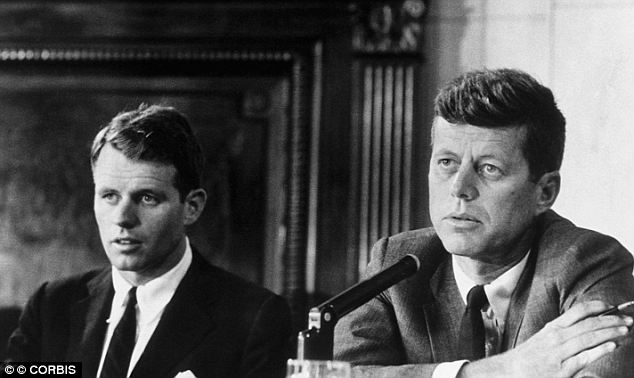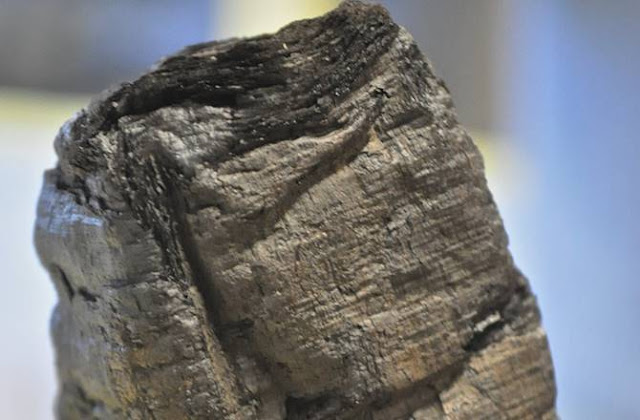Mysterious Jotunvillur Code Unravelled
Crypto-anthropologist has discovered a Viking code which dates to the 12th or 13th century Scandinavia and remained frustratingly unsolved for several years. This was due to a miniature Rosetta stone which was a simple engraving on which two people had recorded their names in both coded as well as basic runic.
The mysterious Jotunvillur code has been unravelled by K Jonas Nordby from the University of Oslo after studying a 13th century stick wherein two men Sigurd and Lavrans had their name carved in both code and in standard runes. The jotunvillur code was found on only nine inscriptions from various parts of Scandinavia and had not been interpreted earlier.
Nordby who has been writing his doctorate on cryptography in runic inscriptions from the Viking Age and the Scandinavian Middle Ages has informed that the thing which helped him to solve was to see the two old Norse names, Sigurd and Lavrans and after each of them was a combination of runes which made no sense. He later realised that in jotunvillur, the rune sign is changed for the last sound in the rune’s name, for instance the `m’ rune, maor could be written as the rune for `r’.
Rune Sticks Excavated – Scandinavia
Nordby thought that with this system he had a solution and could read the text. But the code seemed to be very confusing since several runes end in the same sound and one had to decide which one to choose.
Nordby had mentioned that the sticks where the code had been written seems to be daily objects and hence one tends to find names often on them either since they are used to communicate that it was something they wanted to keep or sell or to practise writing or because they talked about people so names tend to occur regularly. Several rune sticks are excavated in Scandinavia and only a few have used codes and still less have used the jotunvillur code.
He mentioned that they were used to communicate like the SMSes of the Middle Ages; they were for recurrent messages which were valid for a particular moment, probably a message to a wife or a transaction.
Codes Used for Education
Nordby is of the belief that the codes especially jotunvillur could have been utilised for education. It seems to be clear that coded runes were not for keeping secrets or sensitive communications like during the Second World War or like present day secure communications.
Nordby states that they were used to know the alphabet or rune names and he presumes that the code could have been used in teaching, in learning to write and read runes. Swedish expert on runes from Uppsala University, Henrik Williams welcomed the discovery. He informed Science Nordic that it helped in understanding that there were more codes than they were aware of. Each runic inscription interpreted, raised their hope of being able to read more.
This was pure detective work and each new system enhanced their chances. Williams was in agreement that the codes could have had an educational use and were not just used for communication. William added to the Guardian that the `specific code of jotunvillur seemedto be entertaining than useful though it brings to the fore that playfulness exhibited by several rune carvers was also an important discovery’











